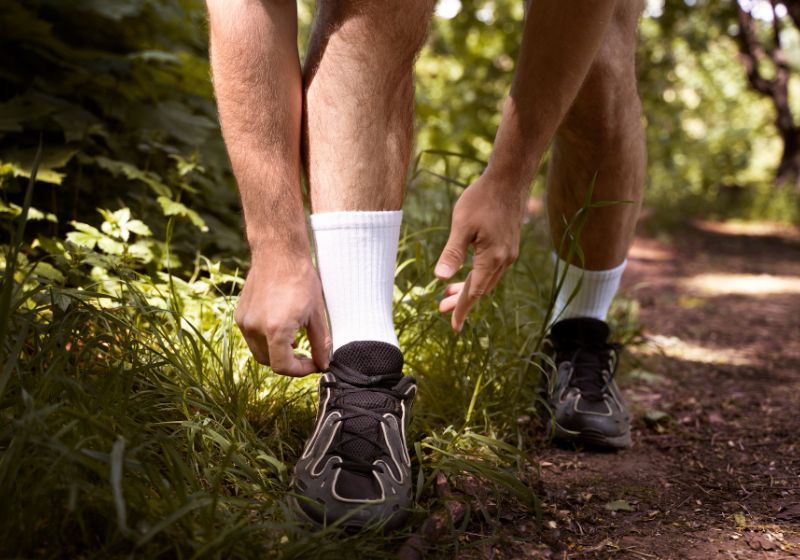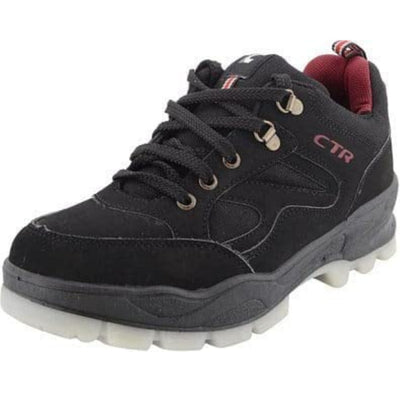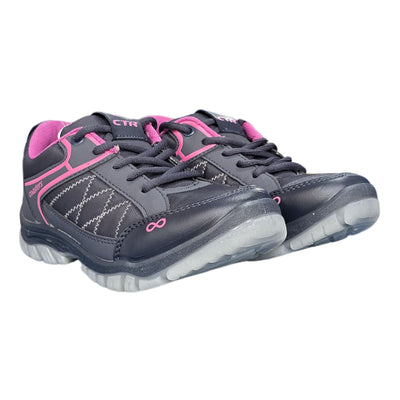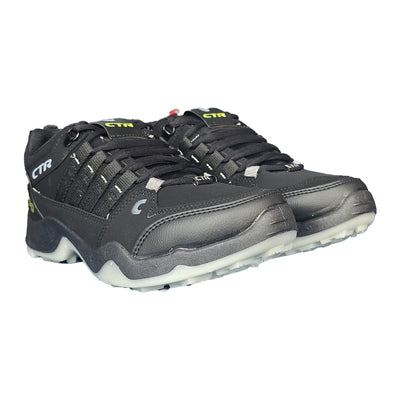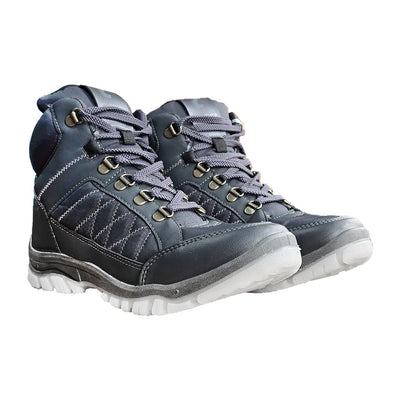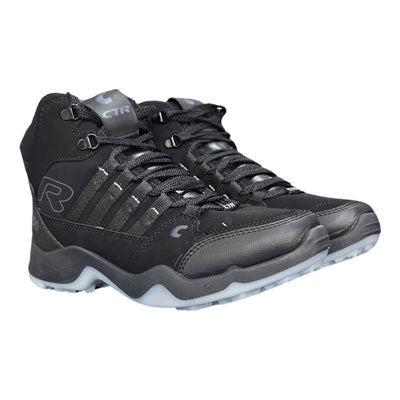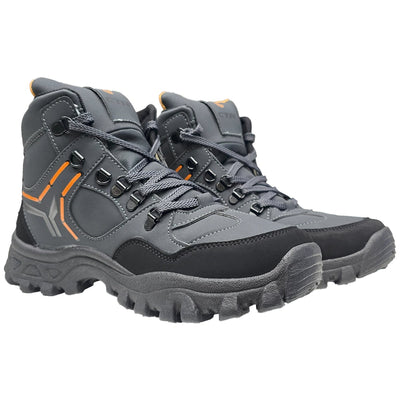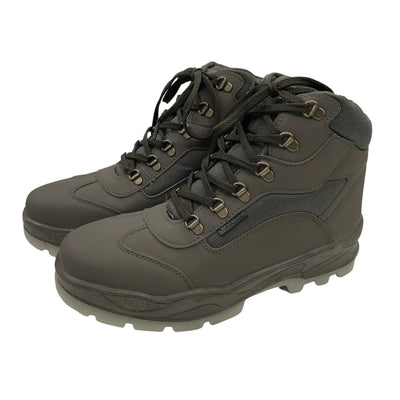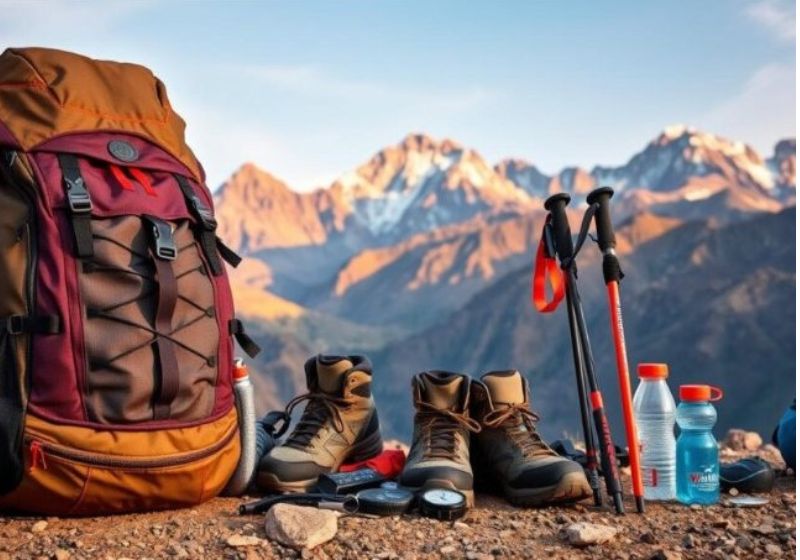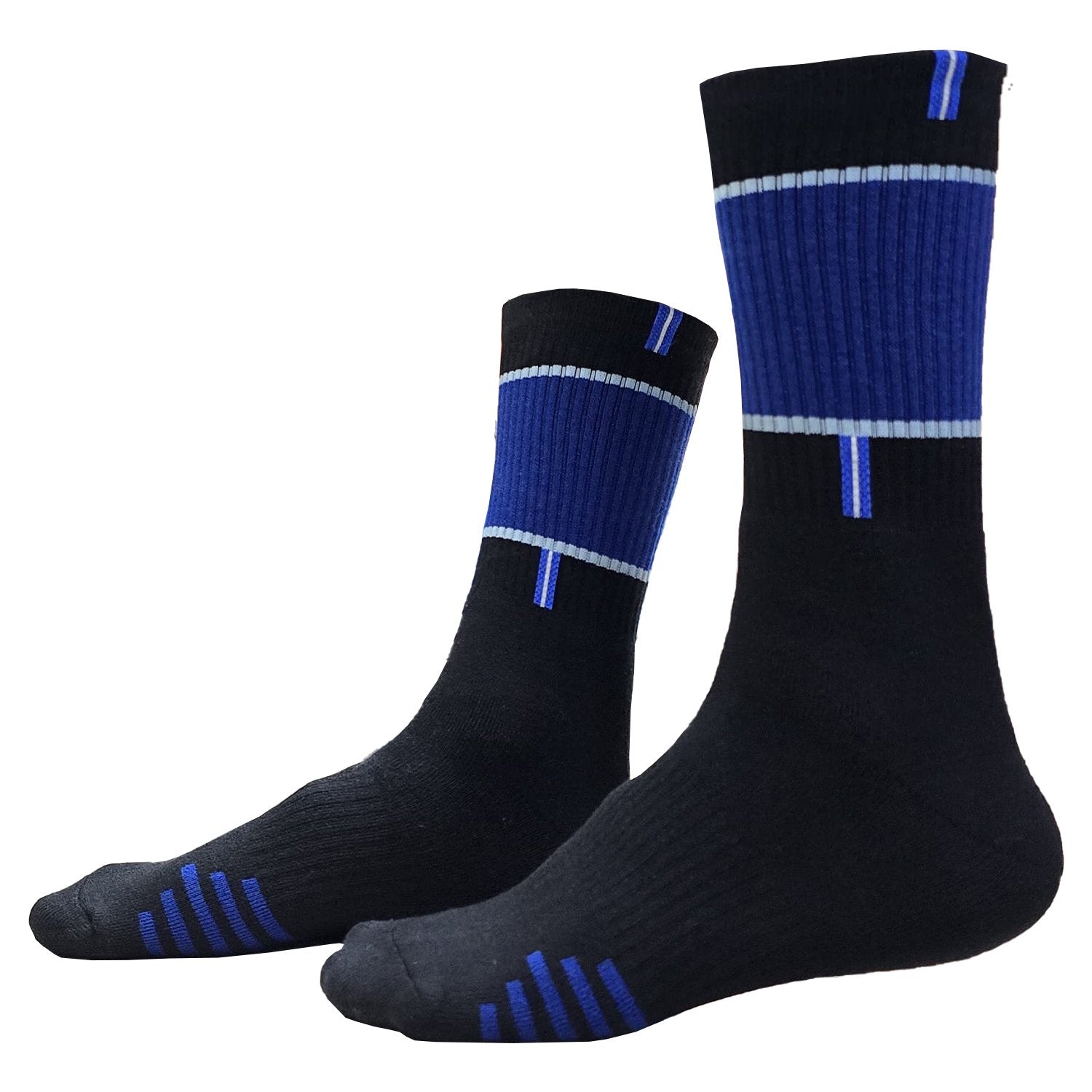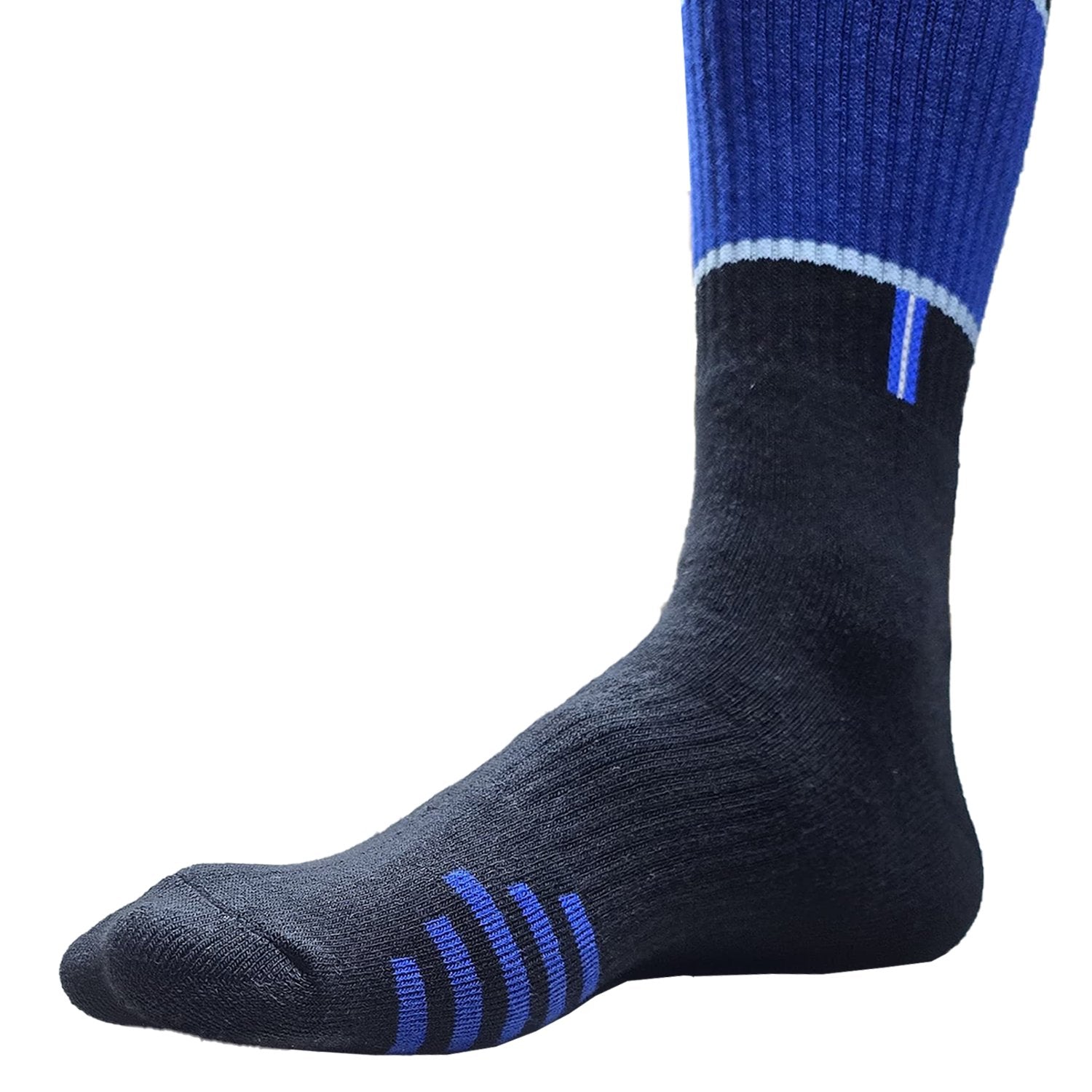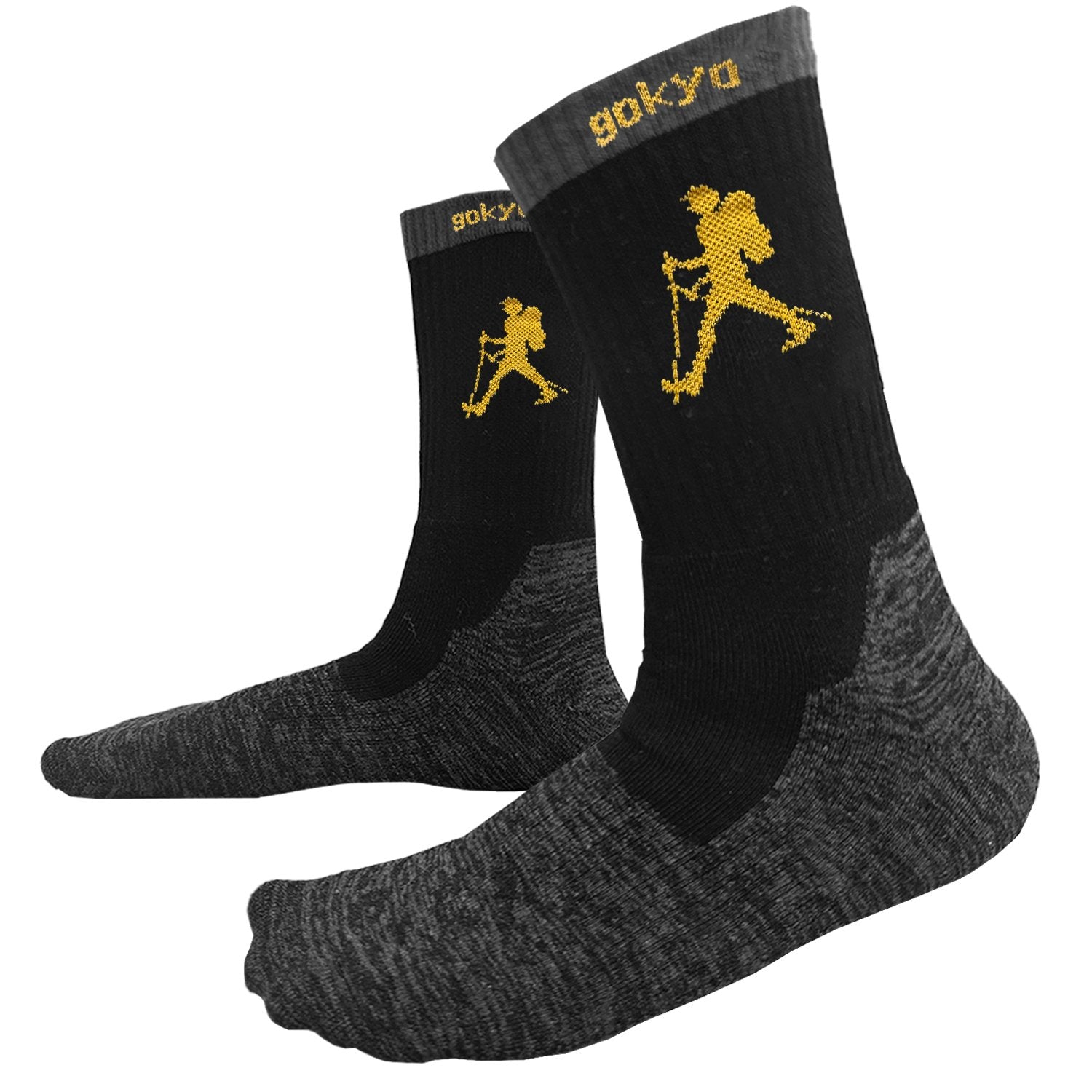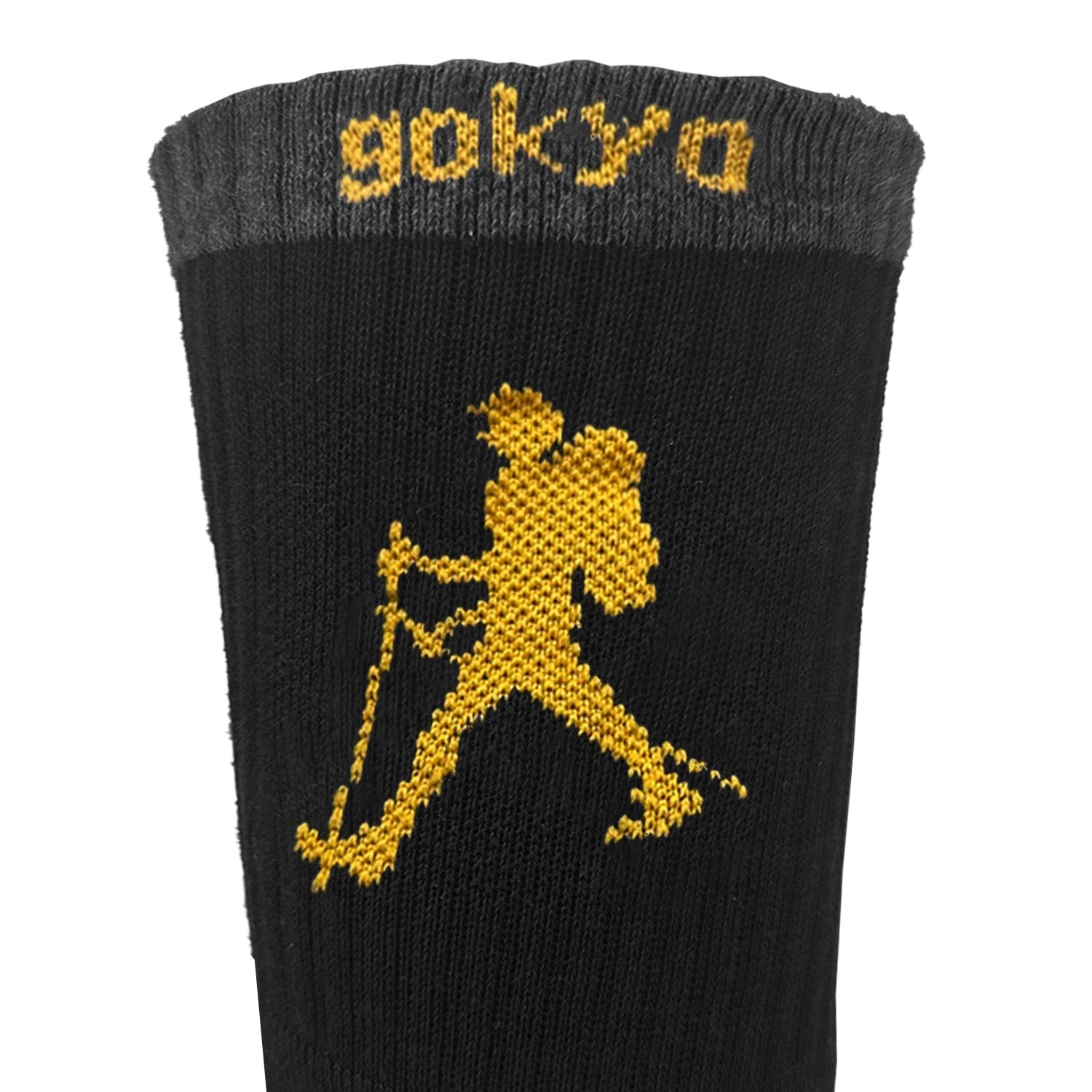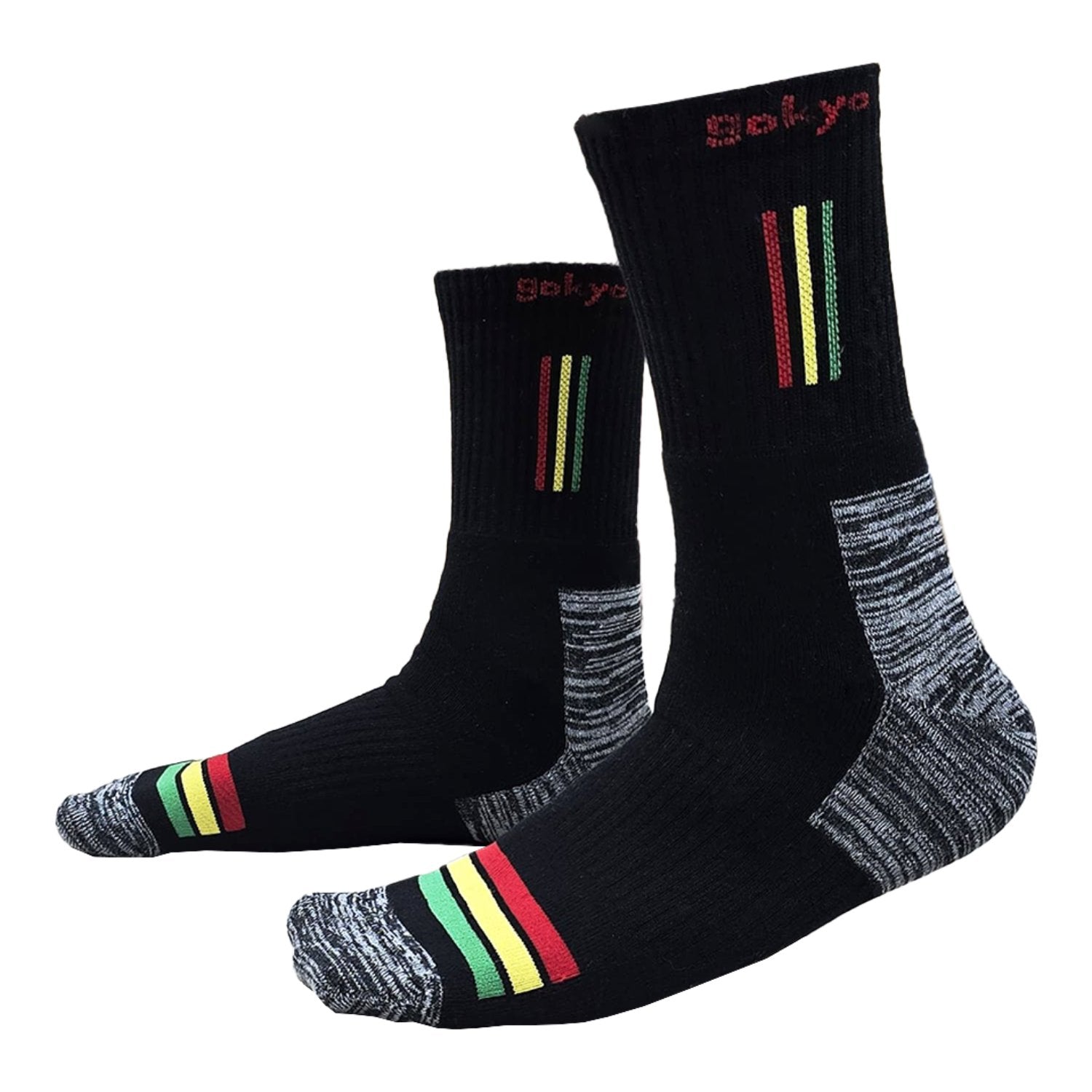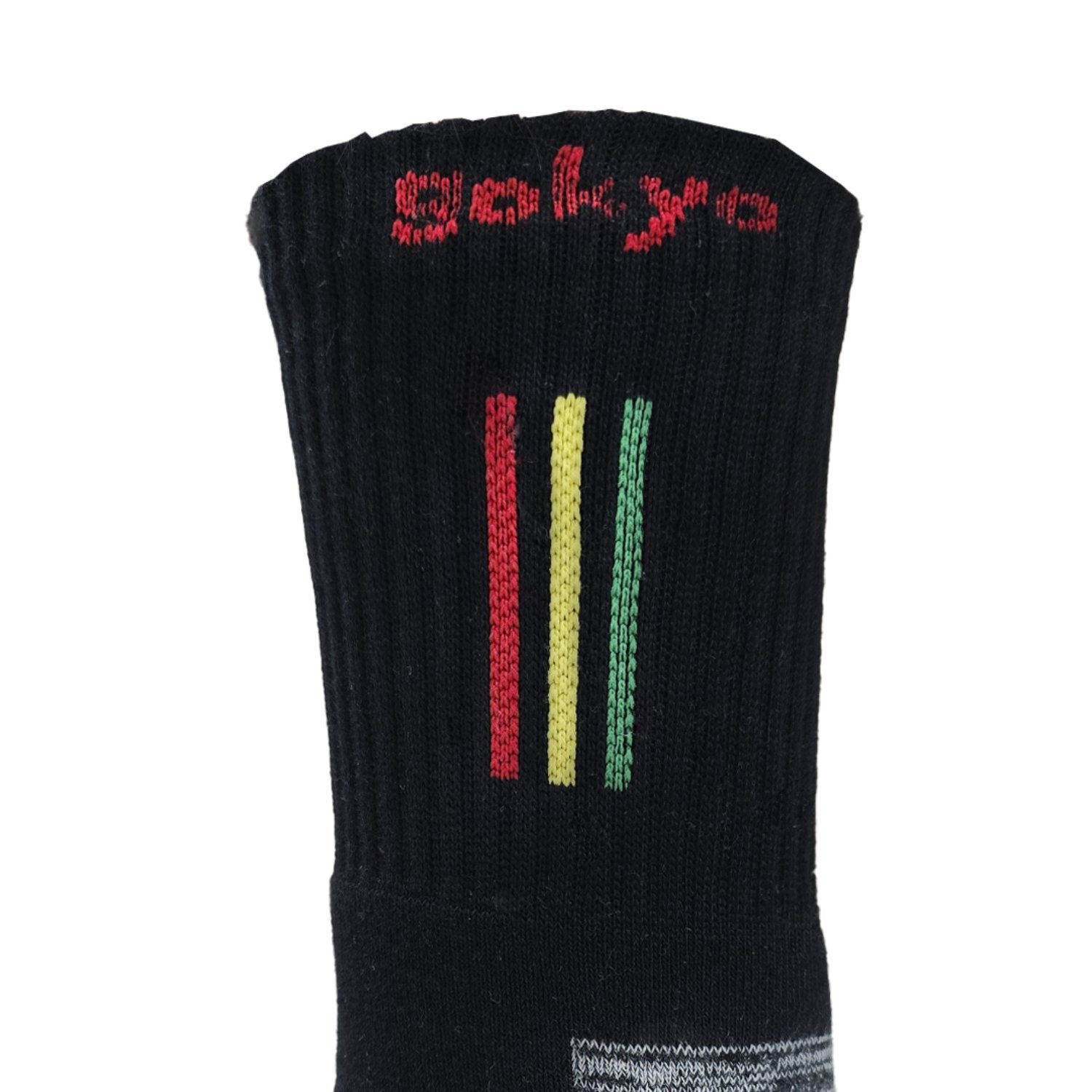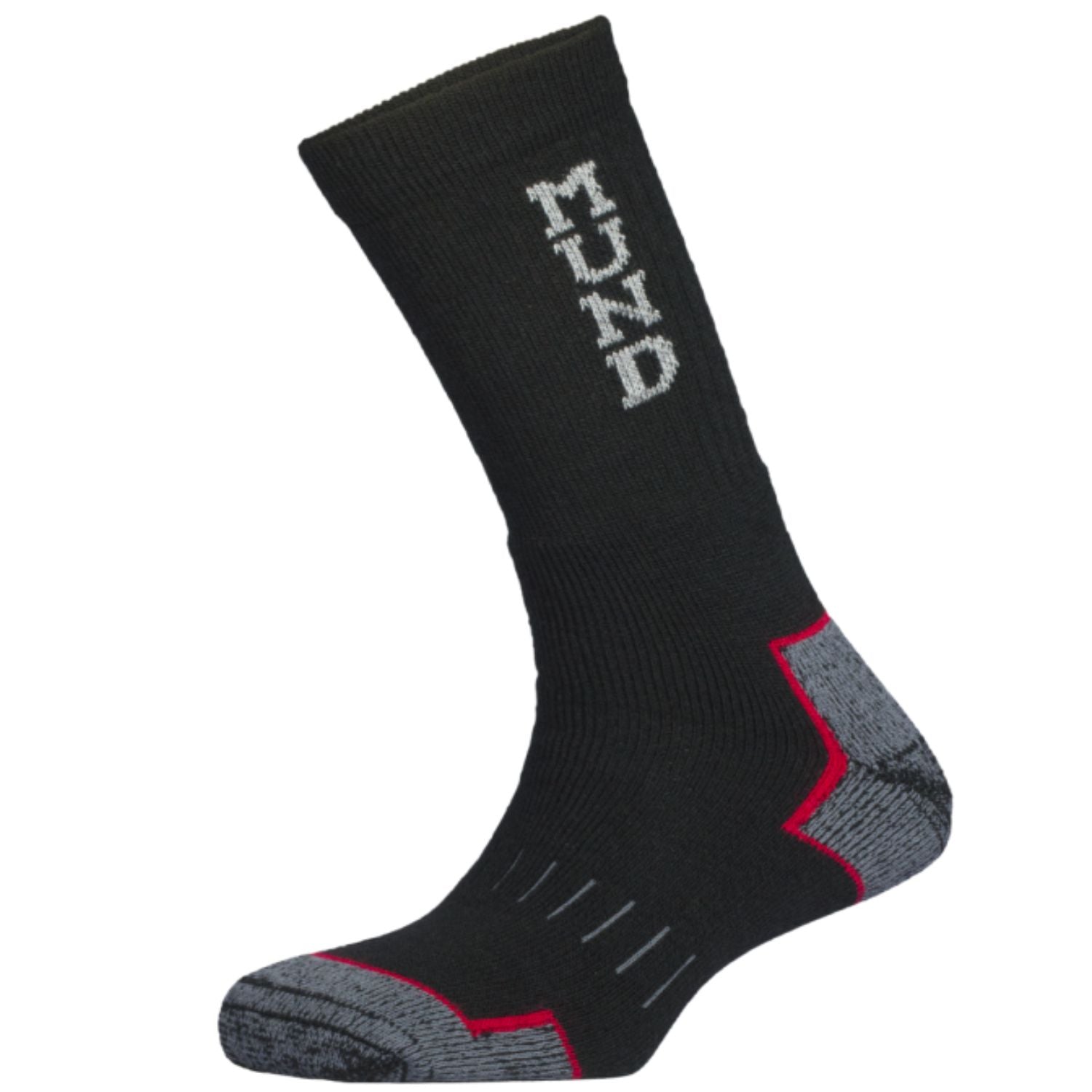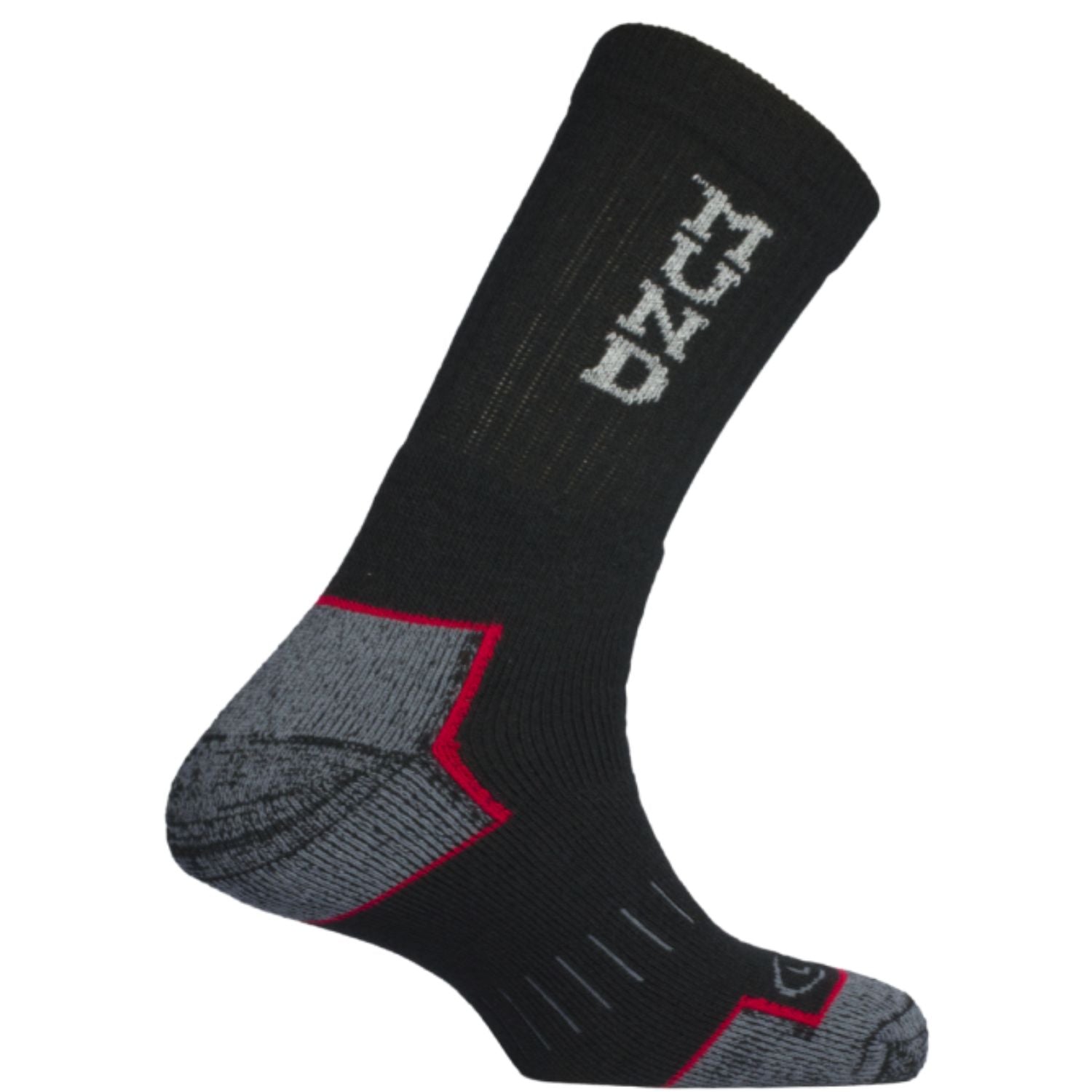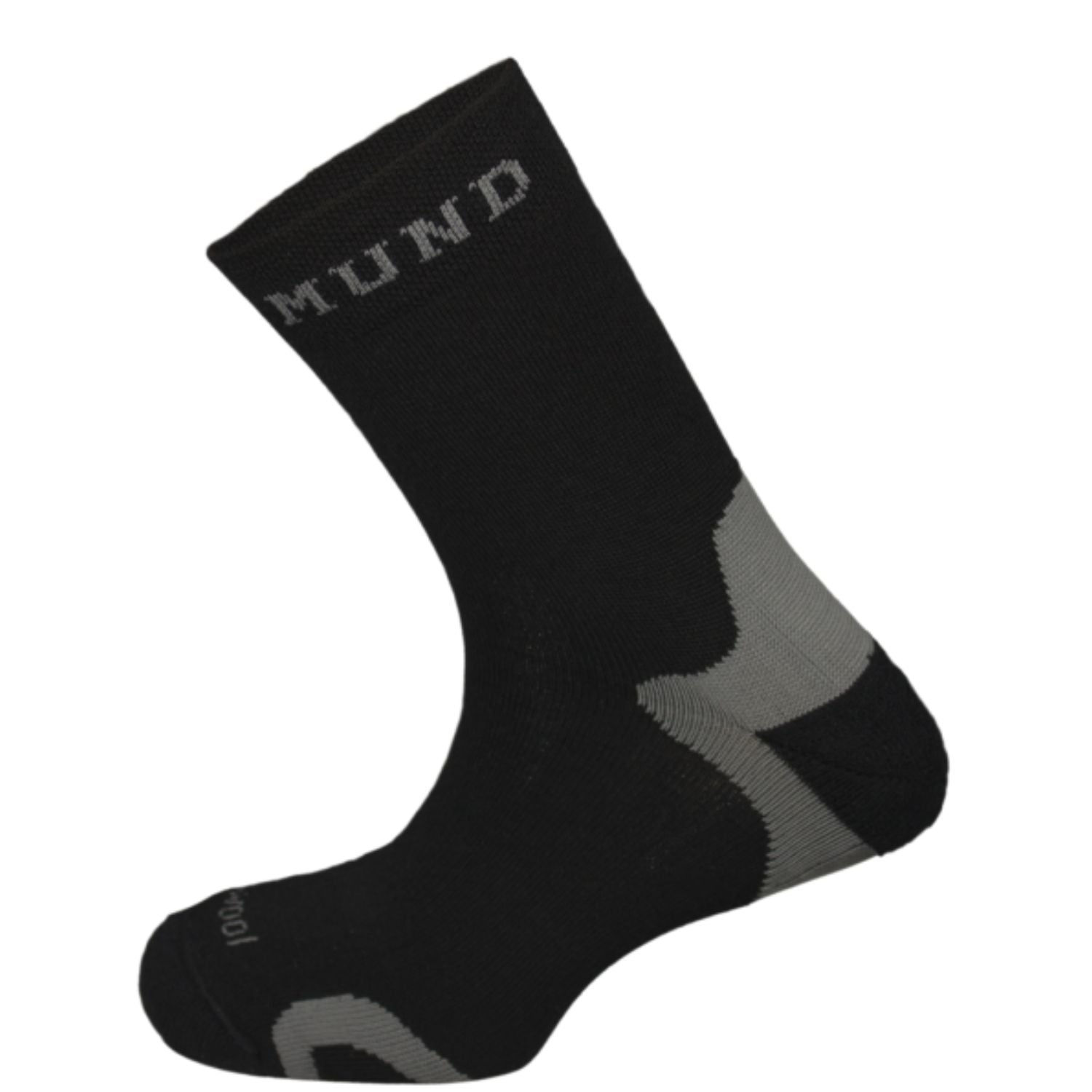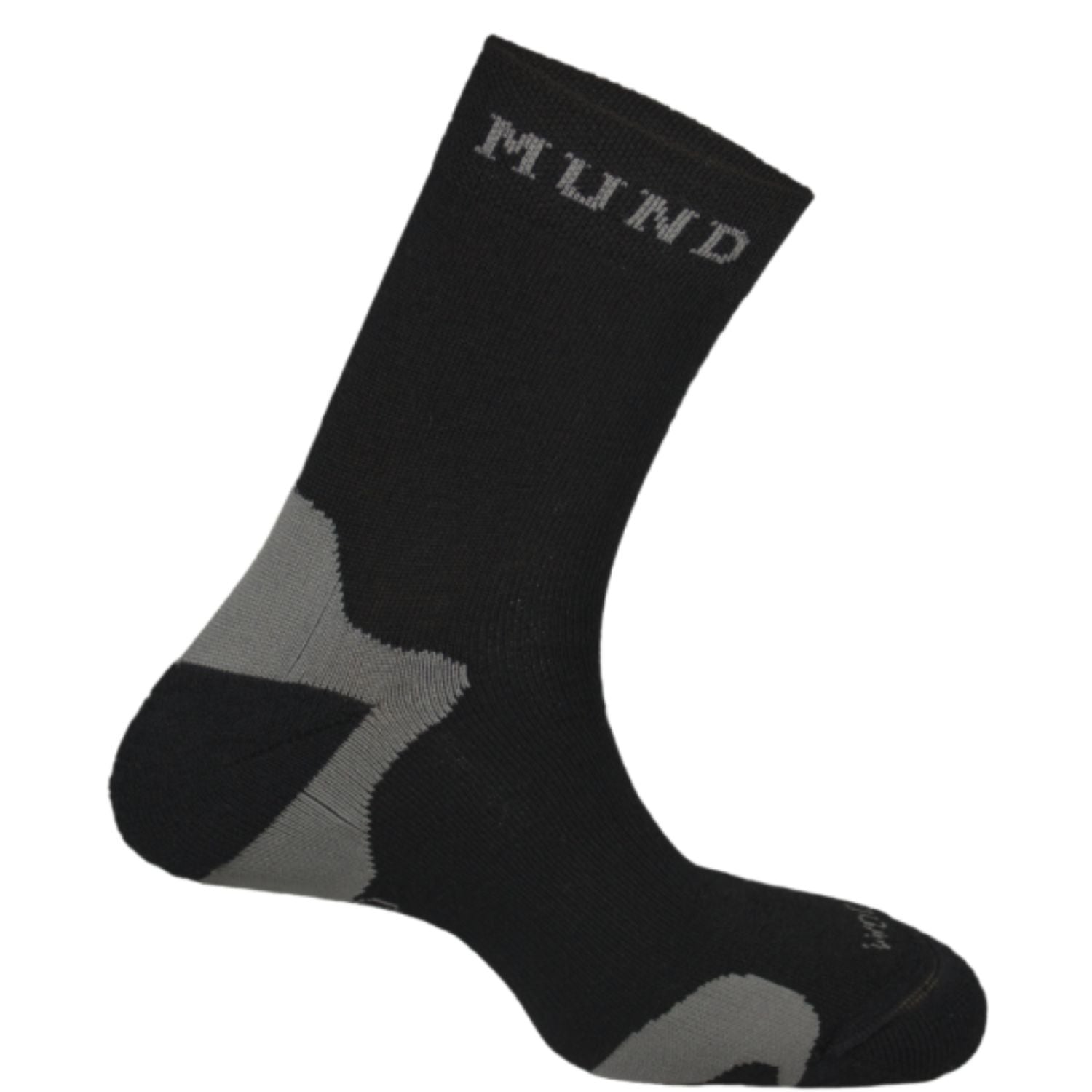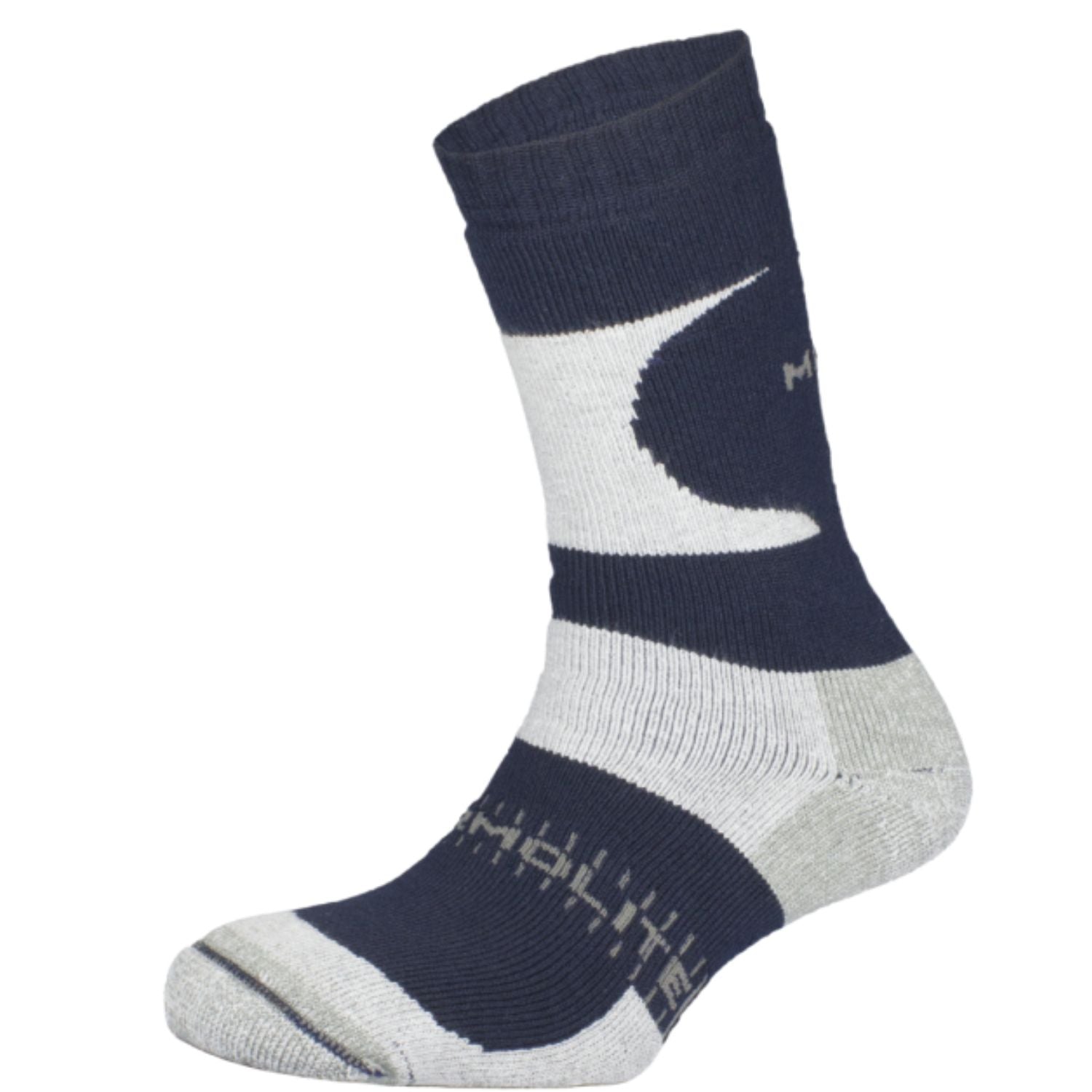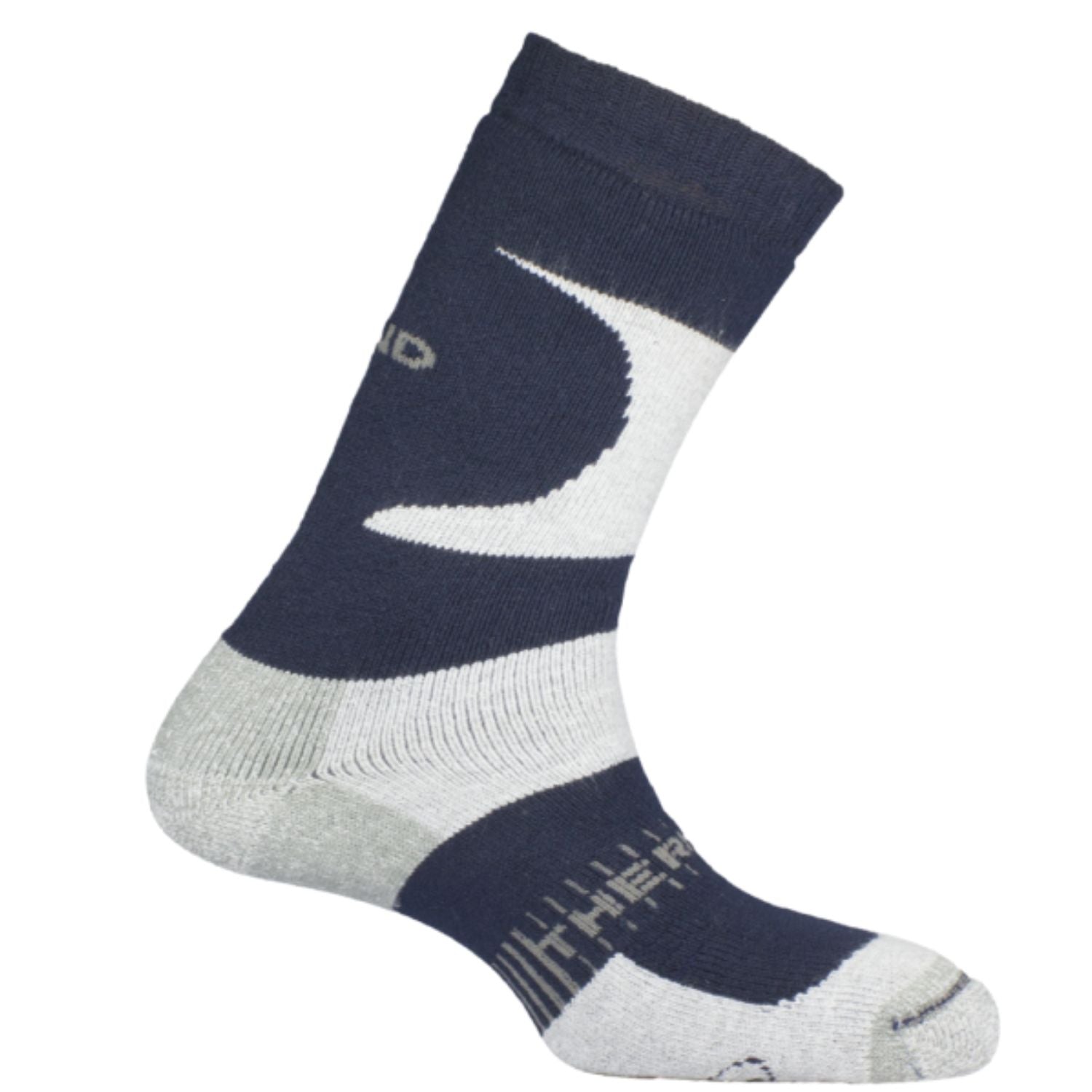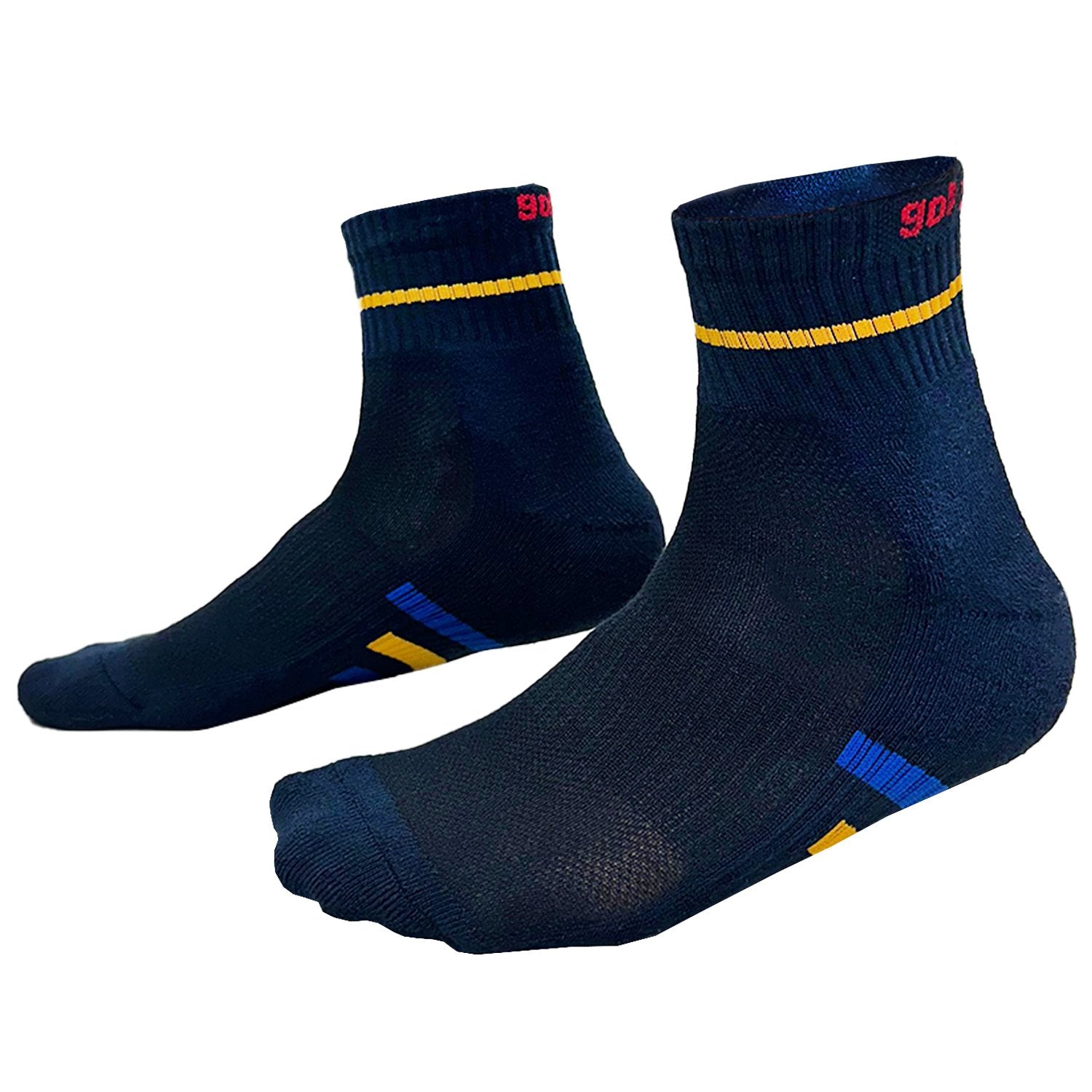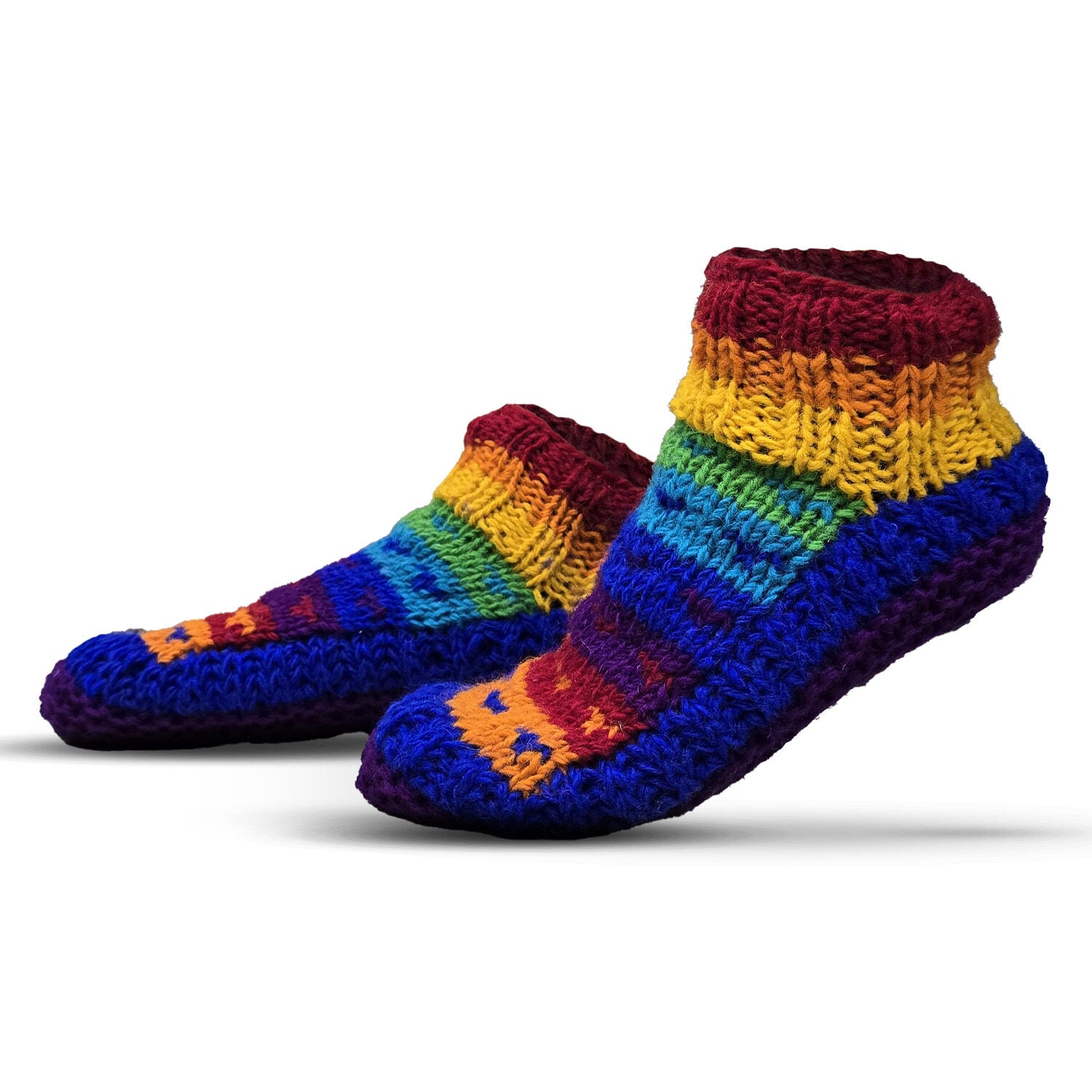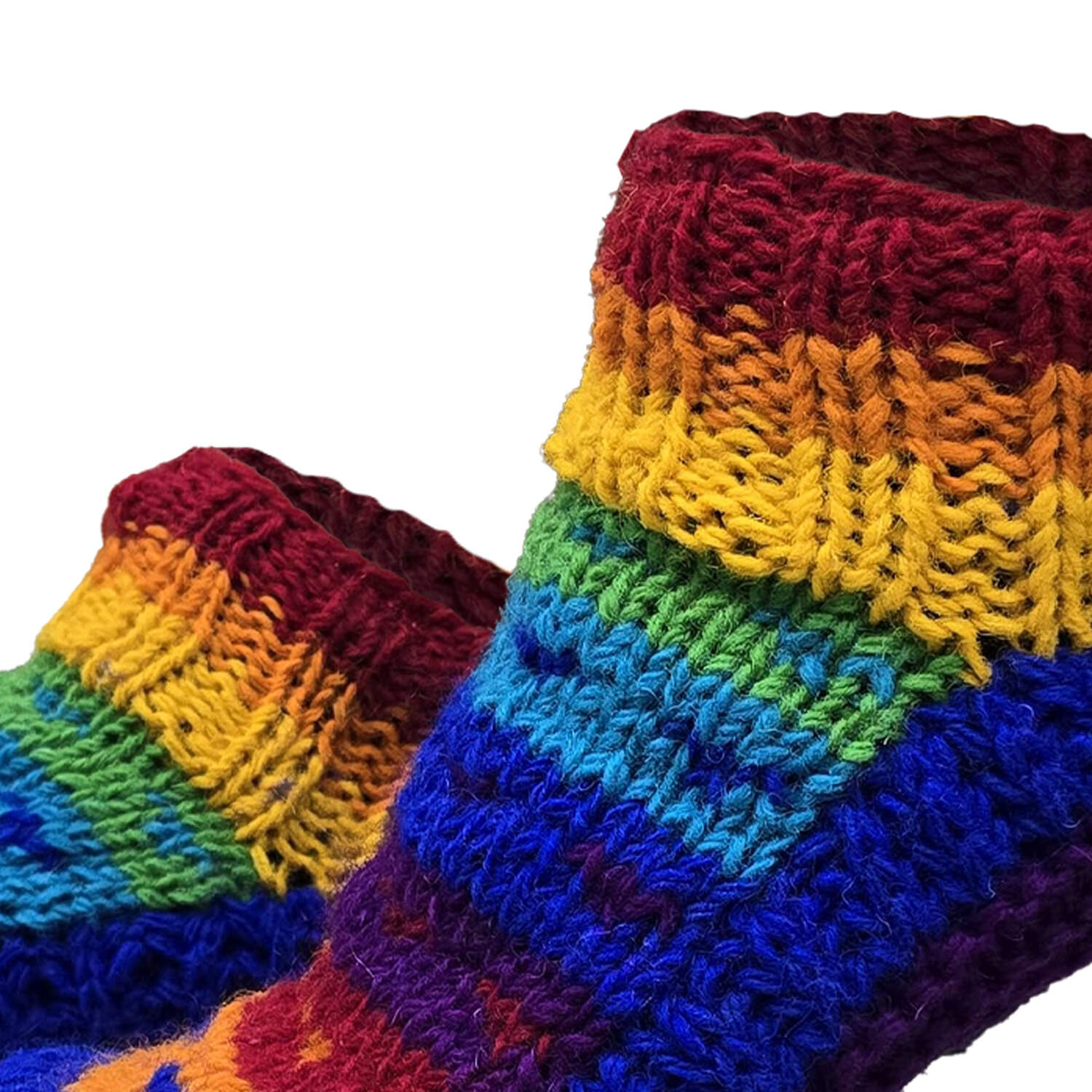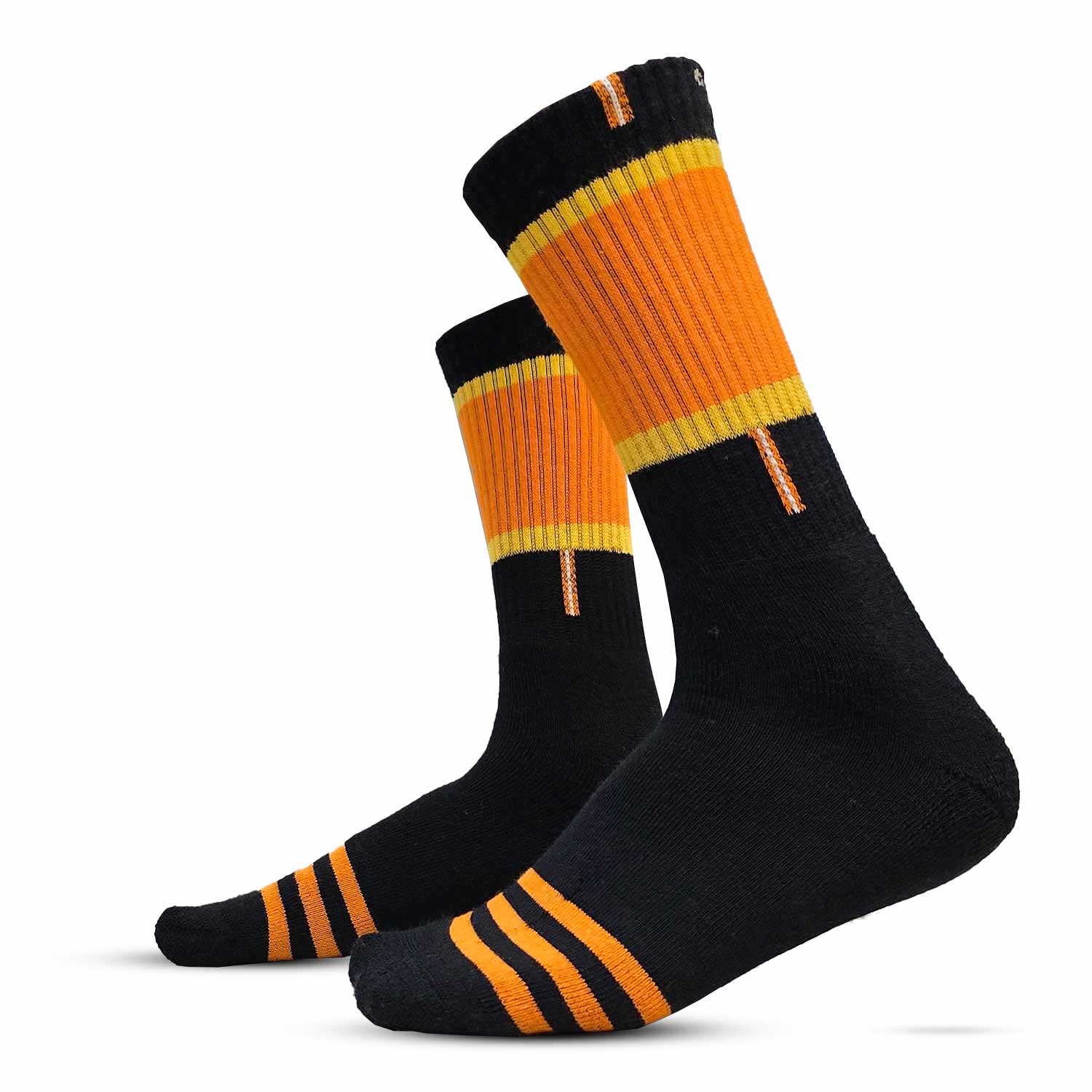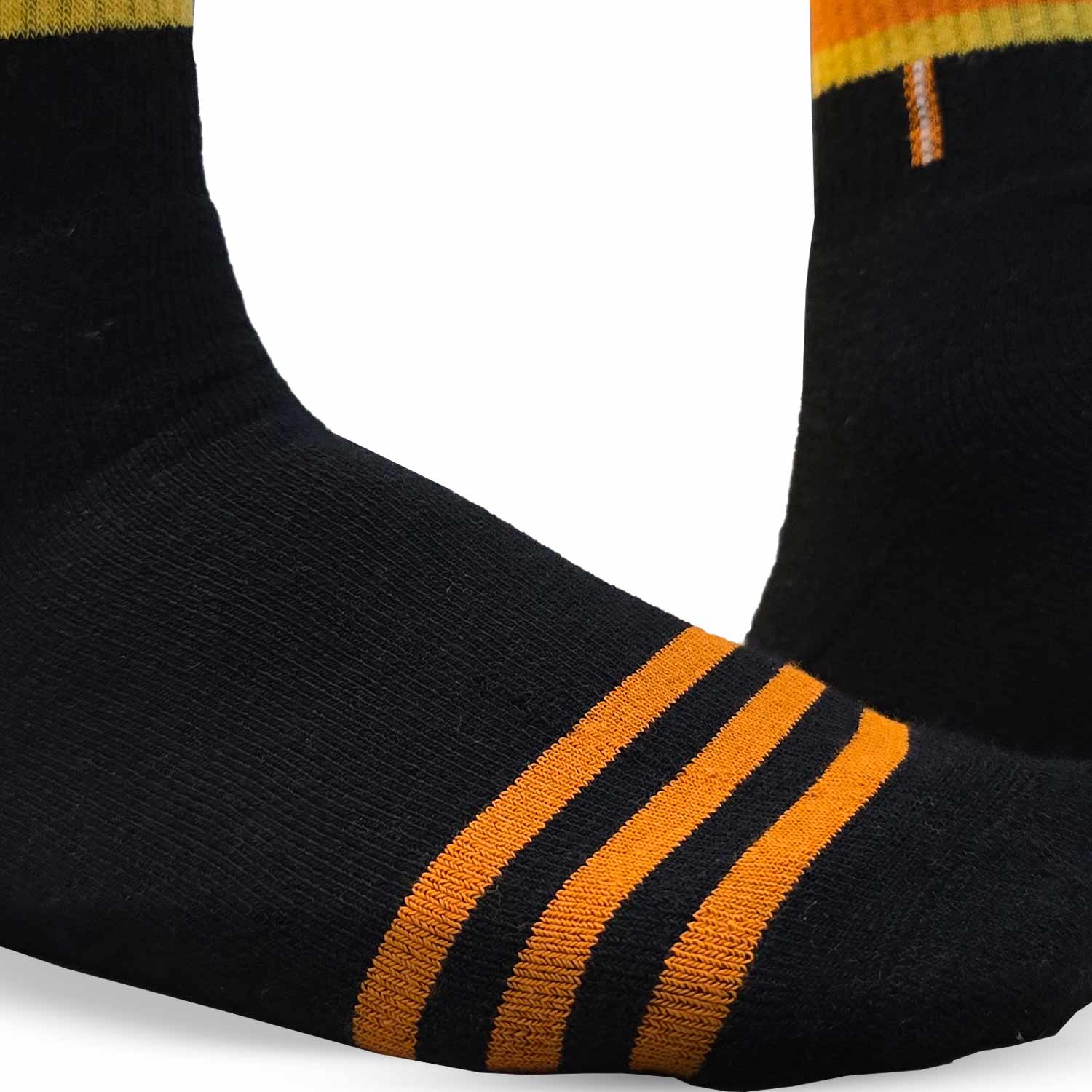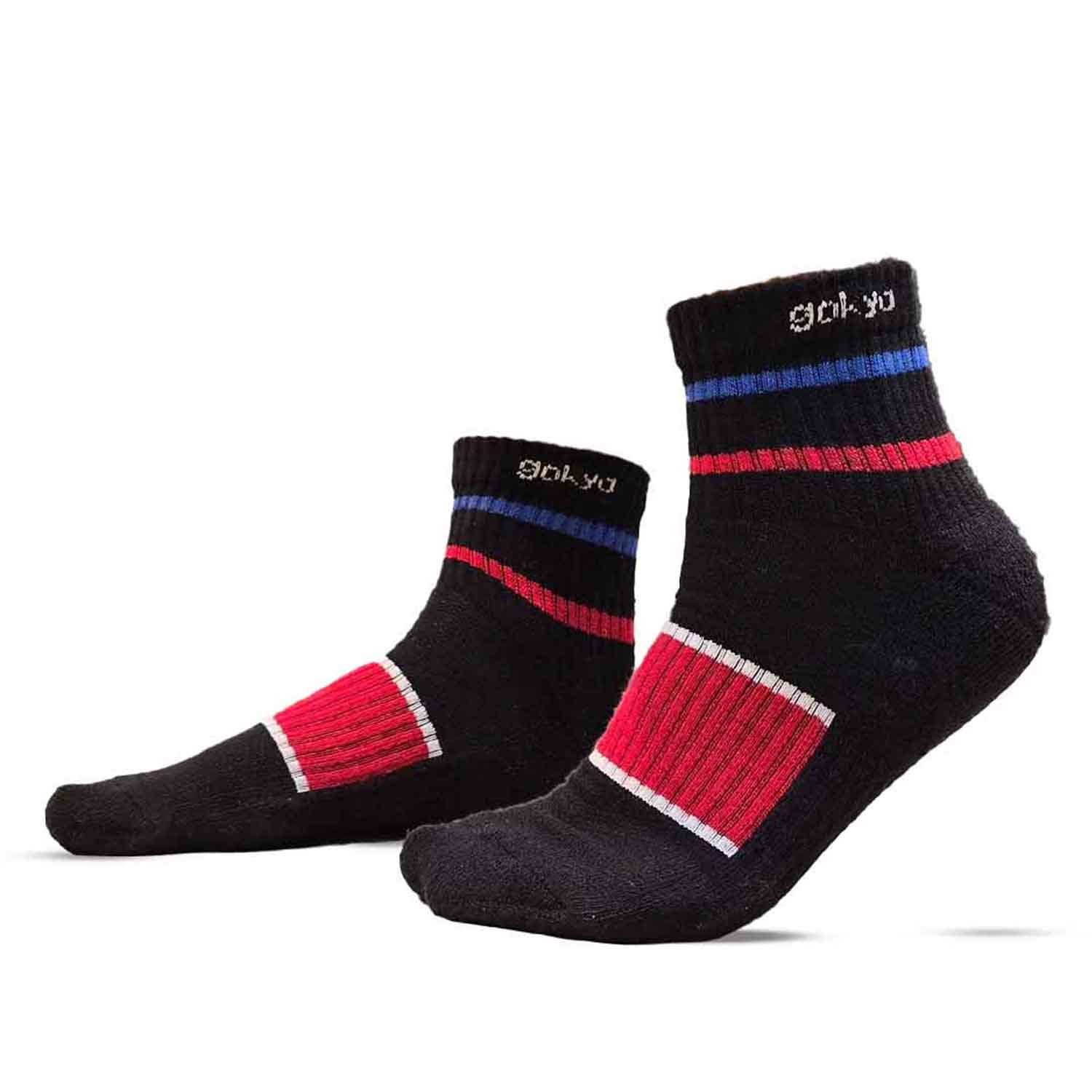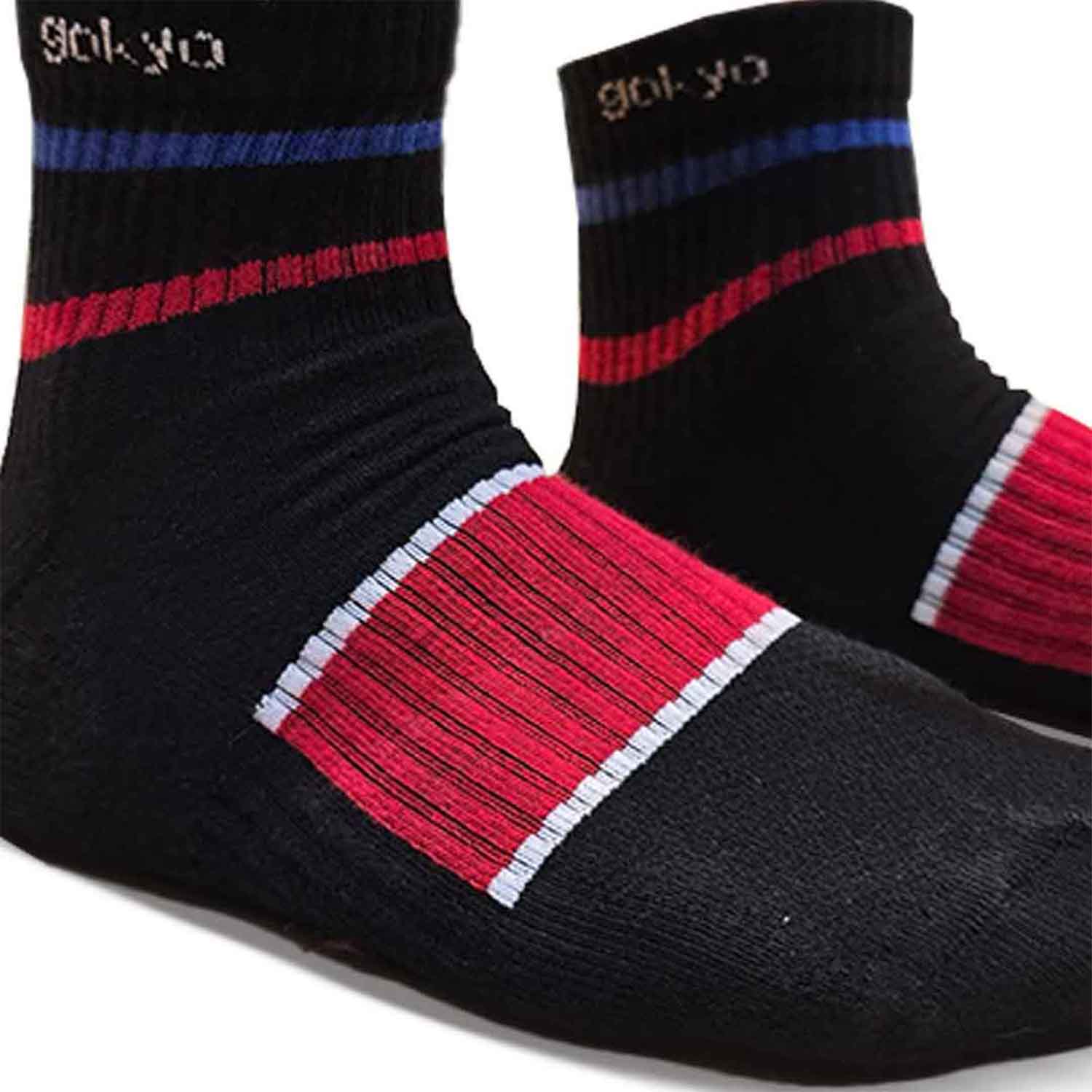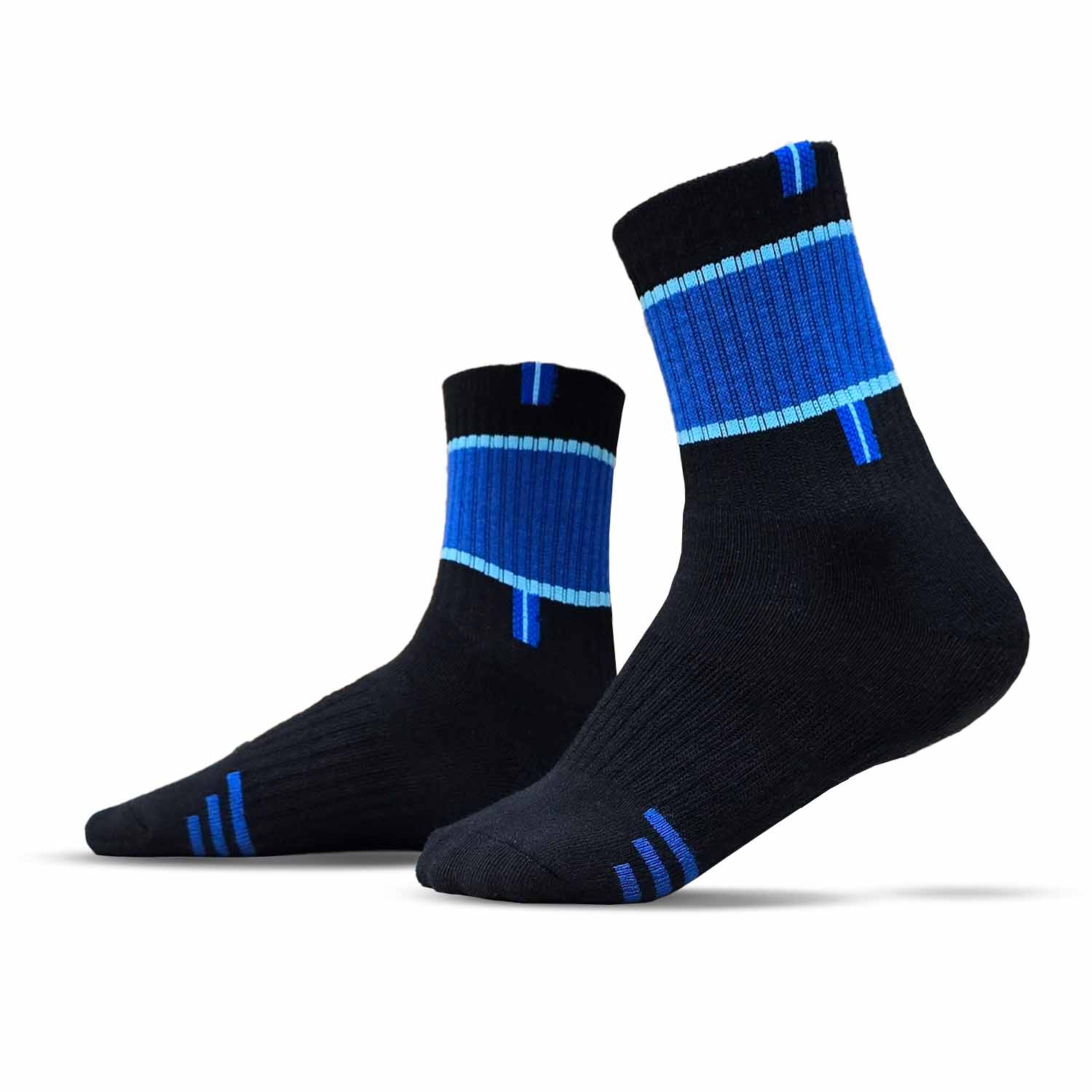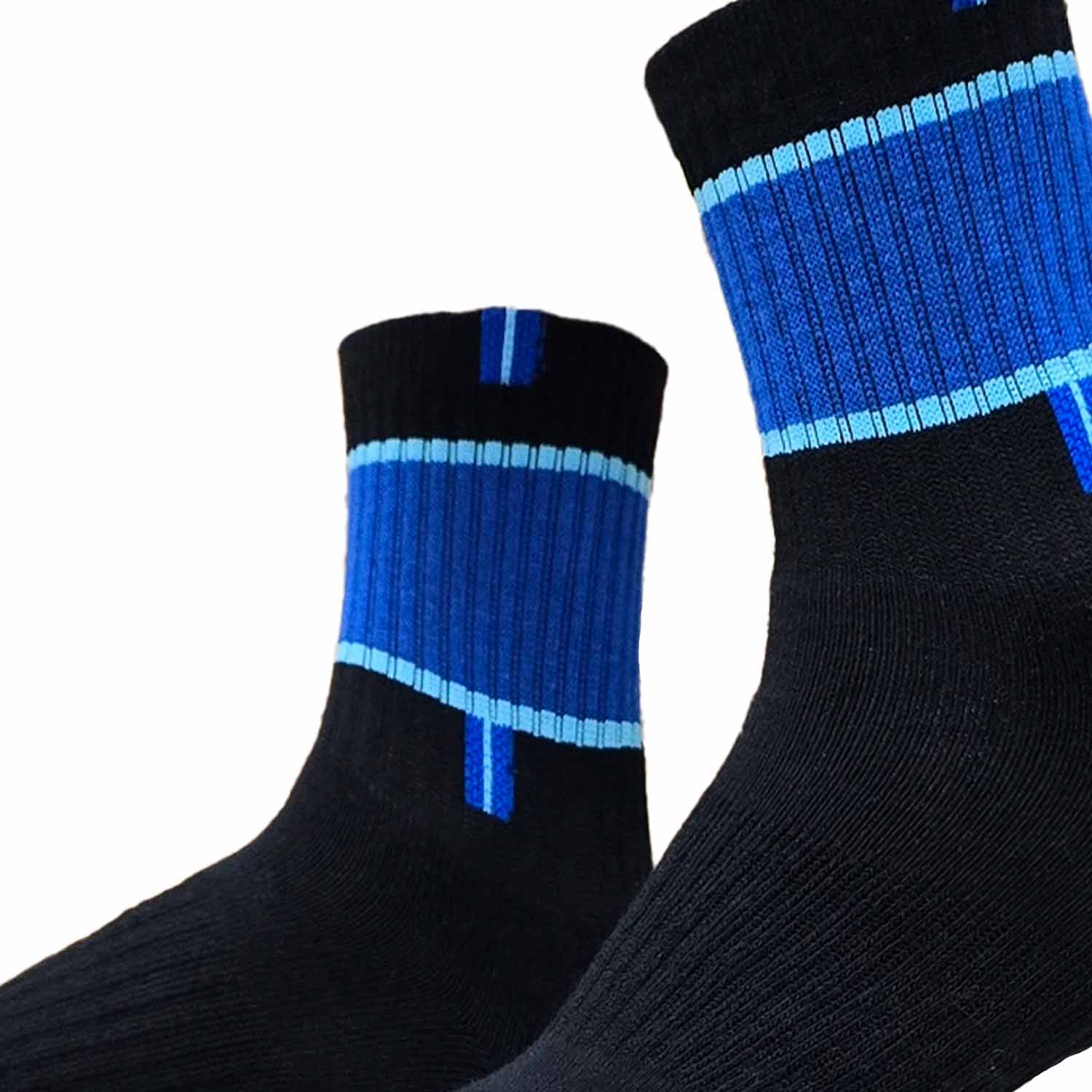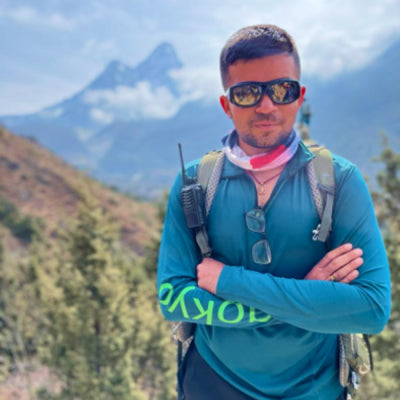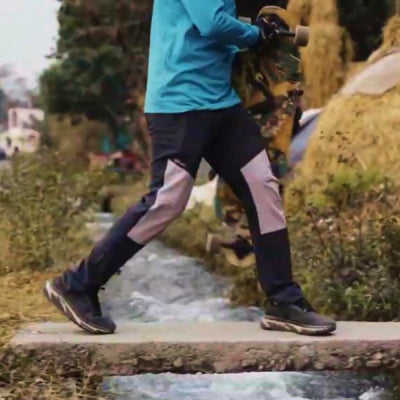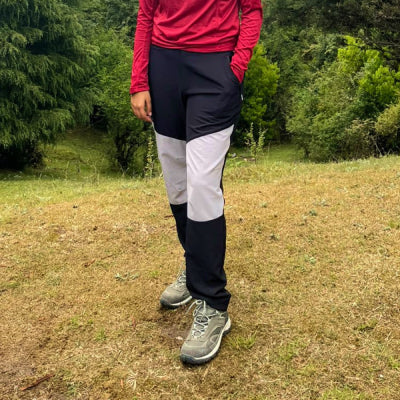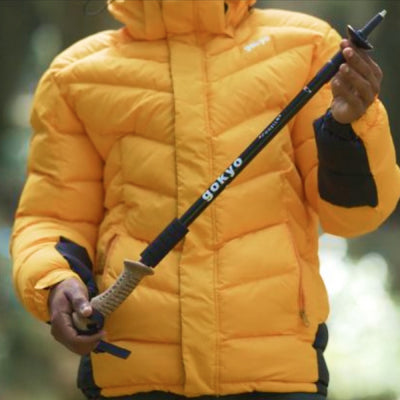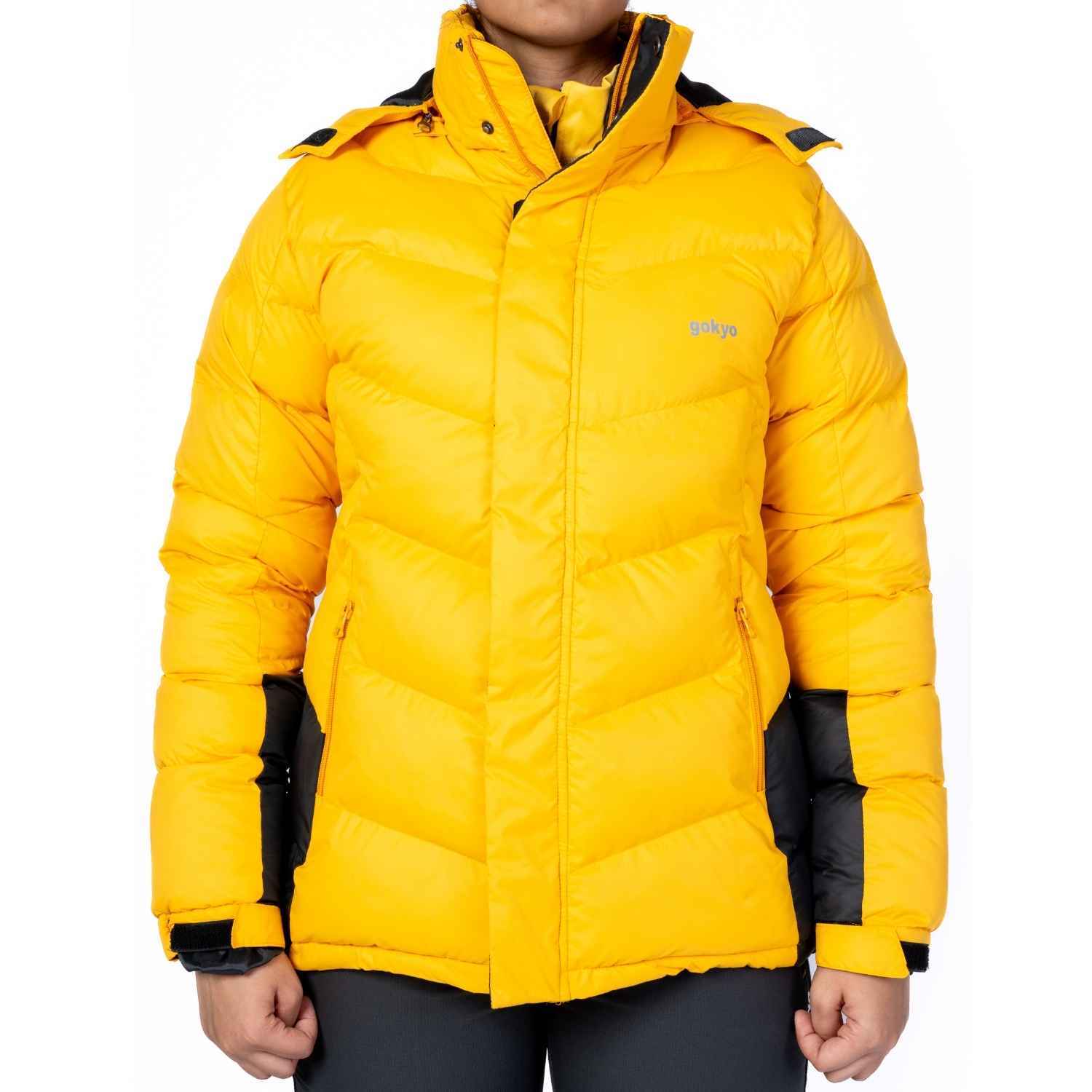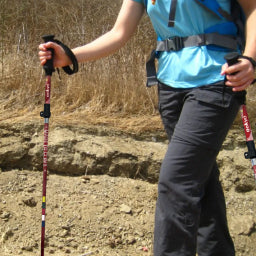Why Your Socks Slide Down in Shoes — The Right Fit and Fabric Explained
During a busy work day or even a long hike, one of the most annoying things is when your socks slide down into your shoes. Not only is this annoying, but it can also cause blisters due to friction.
Two of the most important facts that decide if your socks will stay in place are fit and fabric. Slipping socks are a common problem that many encounter, specifically when it comes to school or office socks. Here are some common reasons why socks slide down in the shoes.
1. Primary Reason: Poor Fit
The main reason for slipping socks is poor fit which usually results from insufficient grip within the sock. A sock that is too big will cause bunching while a sock that is too small will fail to properly stretch and shift downwards as you move.
Instructions to achieve the best fit:
- Avoid “one size fits all” options, especially if the socks are not crafted from good quality high-stretch materials.
- Select socks that match your shoe size range exactly.
- If you are trekking or preparing for any outdoor activity, make sure to pick socks designed specifically for the heel and arch such as trekking socks.
A well-fitted sock will hug your foot, remain in place and move with you. The same goes for shoes for trek, the sock and shoe must form a seal to allow no mobility within the footwear. Movement must be kept to a minimum.
Top Trekking Shoes for Outdoor Adventures
2. Fabric Makes a Huge Difference
The fabric in trekking socks may have a bigger impact on performance than we think. It is well-known that socks do not provide the same level of comfort and grip due to material selection. For example, while Cotton Socks are soft in texture, they do run loose over time, causing them to slip and lose their hold. Most blends of cotton retain water making them ill-suited for trekking as well.
To increase grip and make the socks more durable means:
- Look for blends with Elastane, Spandex, or Lycra in them. These contribute stretch and allow the sock to expand to different foot sizes.
- Trekking socks are typically made with blends of wool like Merino which is naturally elastic, can wicks away moisture and is greatly more efficient in retaining its shape.
- Stay clear of socks that are 100% synthetic and have no stretchy material. Though these socks look perfectly fine, they tend to lose their shape over time.
3. Sock Design and Construction
Sock features are way more important than some people give them credit for. Here’s what to focus on:
- Ribbed cuffs that do not cut into your leg will help the sock stay positioned on the leg.
- Arch support bands assist the sock to stay in its location.
- The Y shape heel is more helpful with how the sock sits on to the foot.
- Reinforced toes and heels provide structures and increase the socks durability.
As you hike, wearing trekking socks together with well-fitted hiker shoes should keep your feet comfortable, and your socks in place.
4. Shoe-Sock Dynamics
It could just as likely be the shoes and not the socks. When your daily shoes are too loose, movement is more than welcome which results in your socks being able to move freely. If your shoes are too tight, they will create pressure and force the sock to slide down.
In addition, wearing low-cut socks with long cut boots usually ends in sliding and discomfort. Ankle socks go best with sneakers, while crew-length or higher socks go with hiker shoes and boots.
Conclusion
Sliding of socks may seem like a small issue, but in the long run can lead to irritation, blisters, and would make a hike or stroll considerably less enjoyable. The answer? Focus on fit and fabric. When dealing with deformation of the trekking sock’s fabric or the sock’s design elements, make sure it is paired with properly fitted hiker shoes.
Frequently Asked Questions (FAQs) :
1. What causes my socks to sag downwards whenever I wear shoes for trek?
This is typically caused by the incorrect fit or the incorrect material. The problem can be prevented by wearing well-fitting trekking socks made of elastic materials.
2. Is it appropriate to wear cotton socks during trekking?
Absolutely not. Cotton holds water and is a poor elastic material. To ensure maximum comfort and fit, wear trekking socks of Merino wool or man-made material.
3. Is hiker shoes a cause contributing to my socks slipping off?
Yes, if the shoes are loose or if an unsuitable sock is worn. Wear comfortable hikers shoes and socks for trekking to put this issue to an end.
4. How do I prevent socks from slipping down when walking for a long distance or trekking?
Select socks with ribbed cuffs and arch support. In addition, one also needs to check whether your trekking shoes are not causing friction which tugs the sock down.
5. Do high-quality socks really make a difference?
Of course. With premium quality trekking socks, you will get better fit, grip, moisture control, durability, which helps in slippage while increasing comfort.

